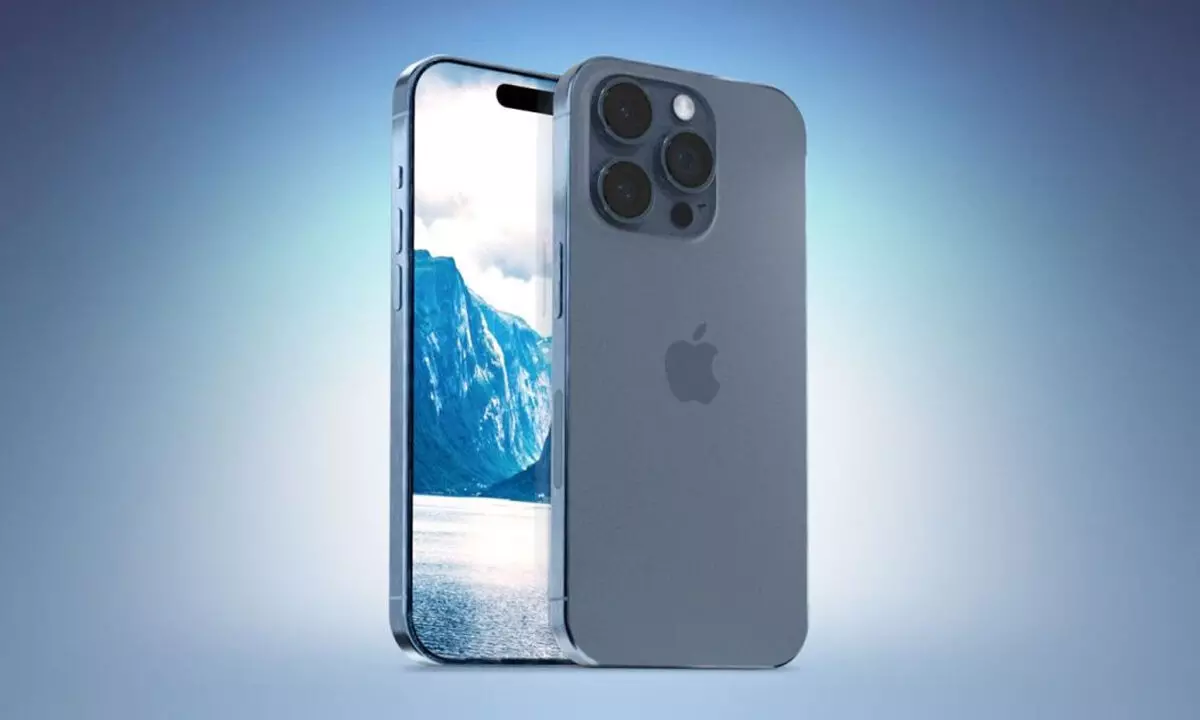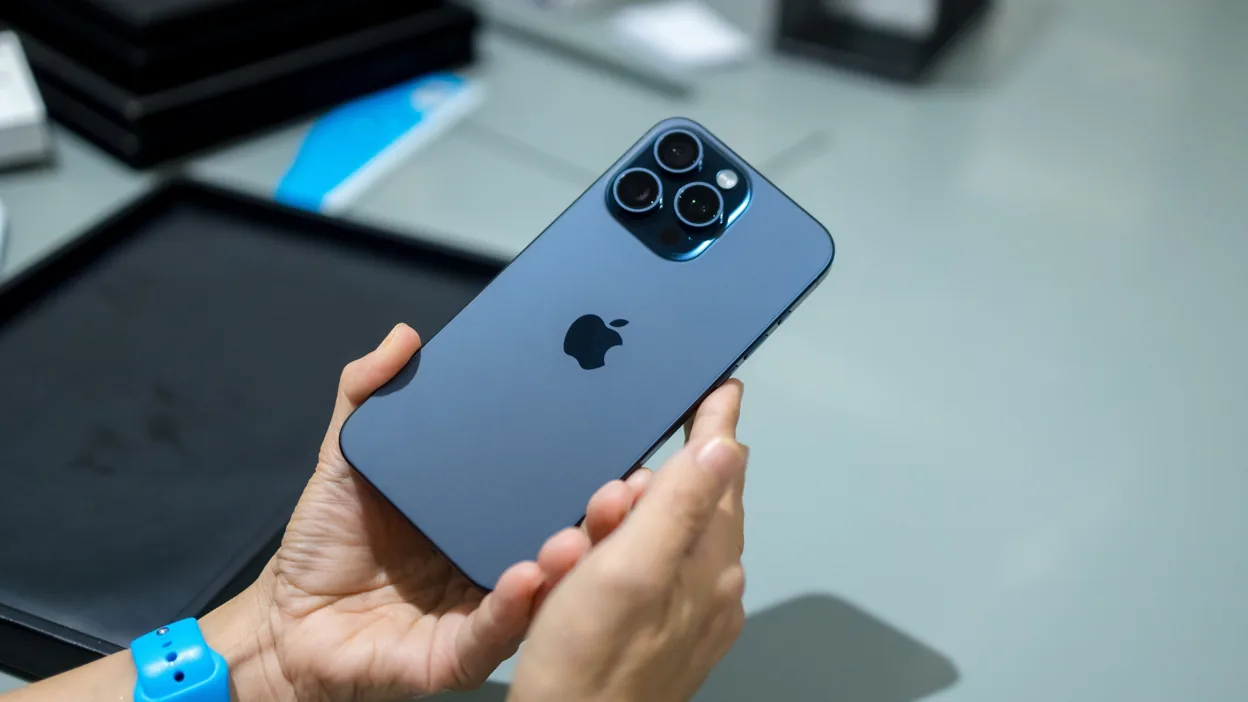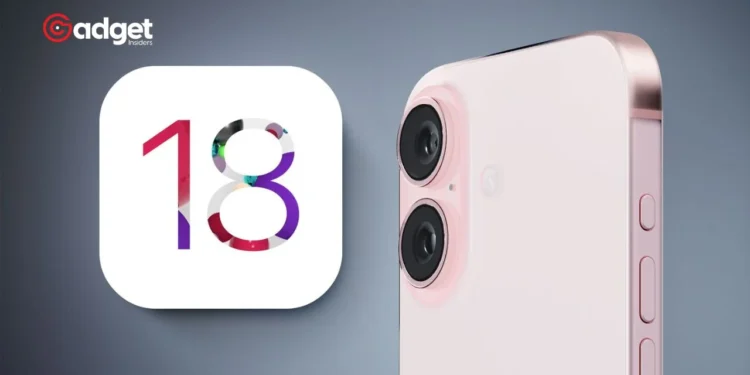Apple has long been a leader in technology, and its latest moves in artificial intelligence (AI) indicate a significant shift towards more advanced, privacy-focused applications in its devices. With the recent launch of the iPhone 15 and announcements around the upcoming iPhone 16, Apple is not only competing in the smartphone market but is also pioneering the integration of large language models (LLMs) with on-device processing capabilities.

Integrating AI into iPhone’s Hardware and Software
According to recent updates, Apple has been developing new AI strategies that involve significant improvements in hardware and software to accommodate advanced AI functionalities directly on its devices. The tech giant has introduced eight new LLMs on the Hugging Face hub, a popular online platform for open-source AI implementations. These models are designed to process extensive data sets that were traditionally managed in the cloud, but with a twist — they’re now optimized to run locally on the iPhone.
This shift is particularly noteworthy as it aligns with increasing consumer demand for greater privacy and data security. By enabling AI processes on the iPhone itself, Apple ensures that user data remains on the device, mitigating privacy concerns associated with cloud-based data handling.

Competing with Android’s AI Capabilities
Apple’s move comes at a time when Android-focused chipset manufacturers like Qualcomm, Samsung, and MediaTek are also enhancing their chips to support AI. However, Apple’s unique approach to integrating AI into the system-on-chip of the iPhone 16 series sets a new standard for what smartphones can do with AI, promising more efficient and powerful processing capabilities.

Microsoft’s Parallel Developments in AI
In a related development, Microsoft has also been active in the AI space, focusing on creating smaller, more efficient generative AI models suitable for mobile devices. Their latest model, Phi-3 Mini, is designed to perform exceptionally well on smaller devices, including compatibility with Apple’s A16 bionic chip. This indicates a trend towards broader interoperability and collaboration between software giants and hardware manufacturers, aiming to enhance the mobile experience.
With #Samsung and #Google smartphones already offering AI power, #Apple is looking towards the #iPhone 16 to really ramp up the rivalry. https://t.co/9g2h8ucPcP
— Hindustan Times (@htTweets) April 27, 2024
The Broader Impact on the AI Landscape
The push towards on-device AI processing by Apple and other tech companies is not just about enhancing smartphone capabilities but is also a strategic move in the competitive tech industry. By 2024, the proliferation of LLMs by major Silicon Valley firms and even hobbyists will likely transform how mobile devices are used for everyday applications, from enhanced privacy features to more intuitive user interfaces.
Apple’s strategy involves not only the development of new AI models but also significant contributions to the open-source community. This includes publishing detailed research papers and sharing the codebase of its AI models, which supports a more collaborative approach to AI development and integration across different platforms and devices.
Looking Ahead: The Future of AI in Smartphones
As the lines between mobile technology and AI continue to blur, Apple’s proactive approach to AI integration positions it as a leader in the next wave of mobile technology. With its upcoming iPhone 16 series, Apple is not merely releasing a new product but is setting the stage for a new era of smartphone technology that is more intelligent, user-friendly, and secure.
The forthcoming quarterly earnings report will likely provide further insights into Apple’s future plans and how it intends to maintain its competitive edge with AI innovations. As we move closer to the official unveiling of the iPhone 16, the tech community eagerly anticipates how these advancements will reshape our interaction with technology in our daily lives.










